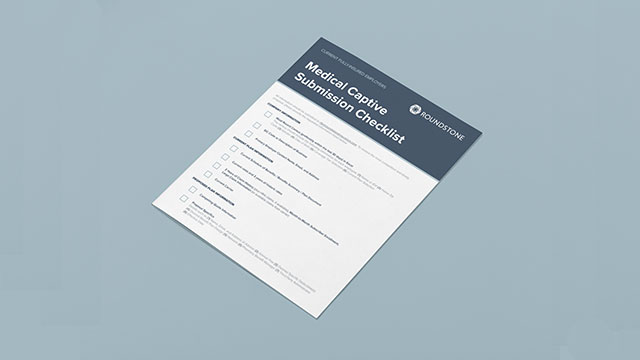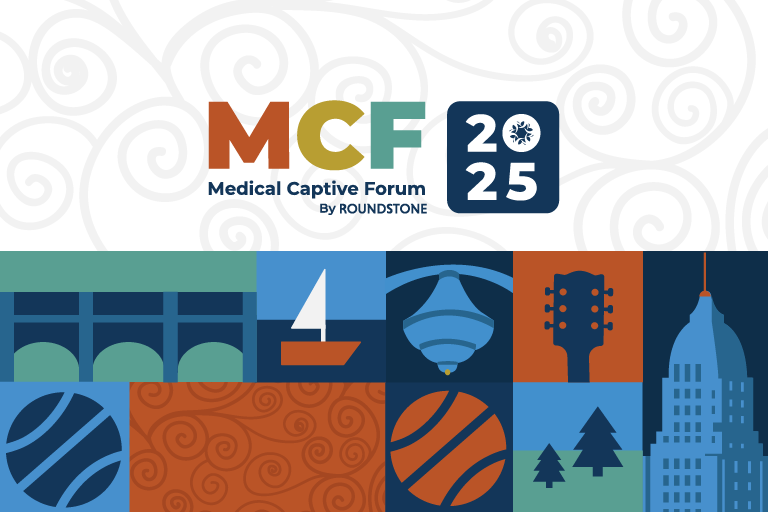By Mike Schroeder, President
Life is full of decisions and choices. These decisions can be addressed from a long-term or short-term perspective. It is not a news flash that the long-term approach delivers better results. Yet, many decisions are made with the immediate or short-term implications carrying the day. What causes some people to control their near-term gratification urge for a longer-term benefit? How about financial incentive? Unfortunately, finances can cut both ways. People that are managing their expenses paycheck to paycheck may not have the focus for a long-term perspective.
The immediate savings from a cheaper product may be the option improperly perceived as most attractive. No doubt they prefer a higher quality solution that lasts longer. These buyers simply give in to their immediate desire for the cheaper product and do not choose long lasting quality. To the chagrin of these short-term bargain purchasers, the savings never accumulate as they spend and spend to replace the inferior products. Some may only realize after the fact that a restrain and save approach that included the purchase of a higher quality product would have actually saved them money in the long run.
The logic of pursuing a long-term strategy or lack thereof is playing out in businesses throughout the United States as buying decisions for more than half of the country’s health care benefits are being made in this fourth quarter. When buying health insurance, two things must be considered – the year over year total cost for the past five years and the effects of continued escalating costs on the health of your business.
The Five-Year Approach
Understanding that health benefits are delivered in 12-month pricing increments, this five-year benchmark approach will force a buyer to take a longer-term perspective. In doing so, the savings can be dramatic. It is not unusual for an employer that chooses a five-year strategy for health insurance benefit funding to realize one free year every five. Said another way, when employers buy health insurance for their employees and their families, they can expect to see the fifth year free when compared to taking an immediate short term or 12-month perspective. If this is so, then all employers must be purchasing their employee health benefits with this five year or long-term strategy, correct?
Unfortunately, the majority of employers throughout the United States continue to be engulfed by immediate or short term thinking when choosing how to fund their employee health benefits. The lure of the quick dollar is nothing short of an addiction for some employers and their advisors. Take for example, an employer that looked at its health insurance decision in the immediate term and chose a less than $100,000 immediate savings when its long-term funding option delivered nearly $2 million during the previous five years. The annual or short-term health benefit spend was a similar $2 million. So, the experience of one free year in five played out for this employer. Even so, the immediate $100,000 savings was enough to sway this employer’s purchasing decision for the next twelve months. You could say the price of this employer’s short-term thinking was several million dollars.
Future Costs
It takes time for there to be a change in how people approach something as important as health care. Still, the pain and cost associated with the same old thinking is having an impact. The employee health benefit expense is a top three expense for almost all businesses. The expense is rising much faster than inflation and most employers have seen their employee benefit cost double over the past four years. The marketplace of medical providers, intermediaries and employers are realizing cost shifting to employees is unsustainable. This kind of marketplace presents the opportunity for a viral adoption of new thinking. A widespread recognition that health benefits are not a 12-month exercise will become the rage. A common and general acceptance by employers that health care and its funding require a multi-year approach if cost increases are to be experienced at levels close to inflation. Employers and their service providers who approach the employee benefit funding decision from this perspective will maintain a competitive advantage over the short-term thinkers that live paycheck to paycheck. An environment far more appealing than spending millions for a short term belief you are saving a hundred thousand.









